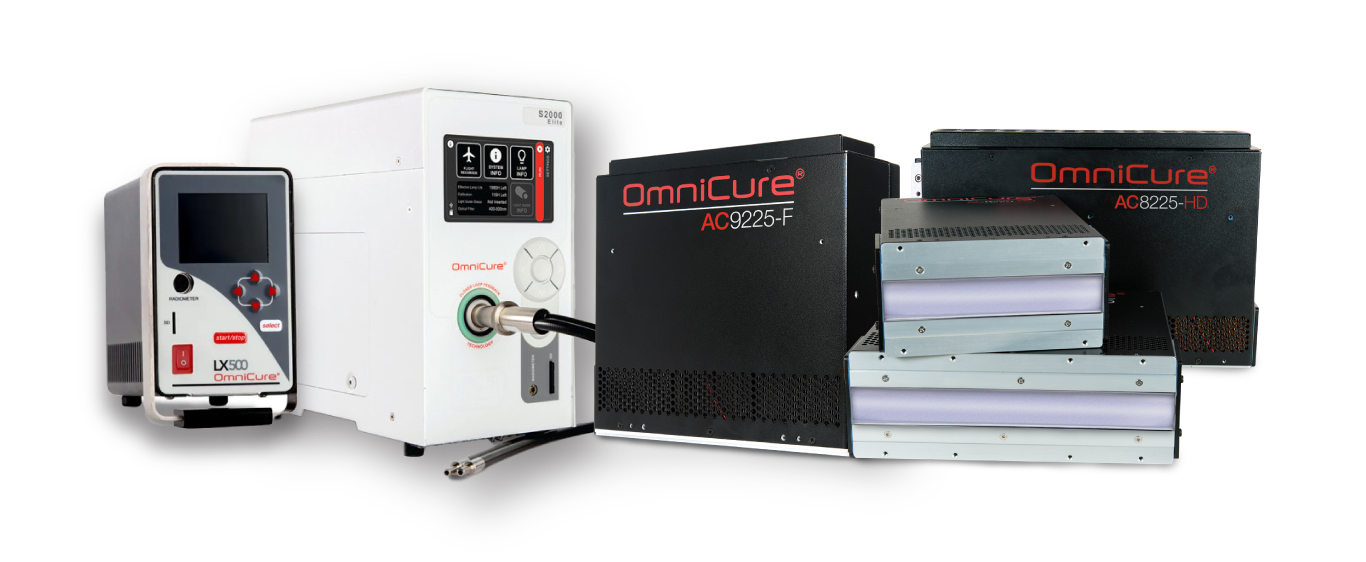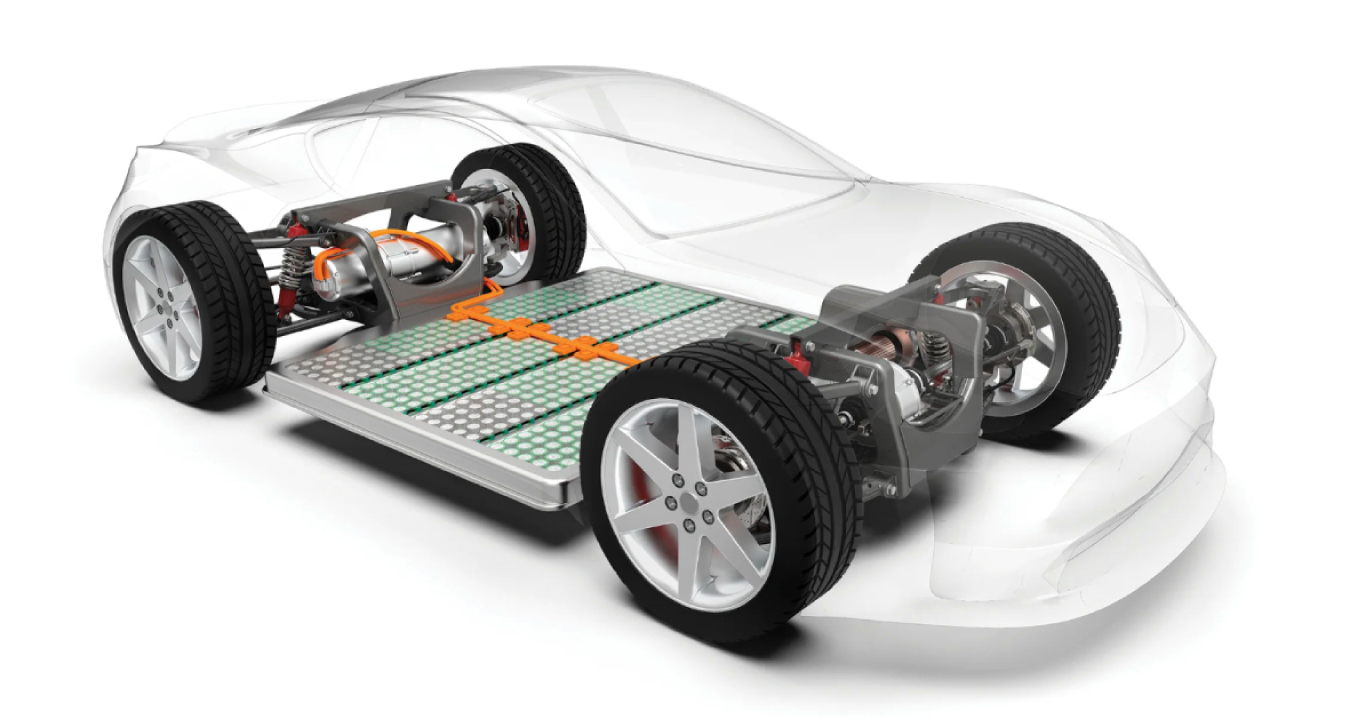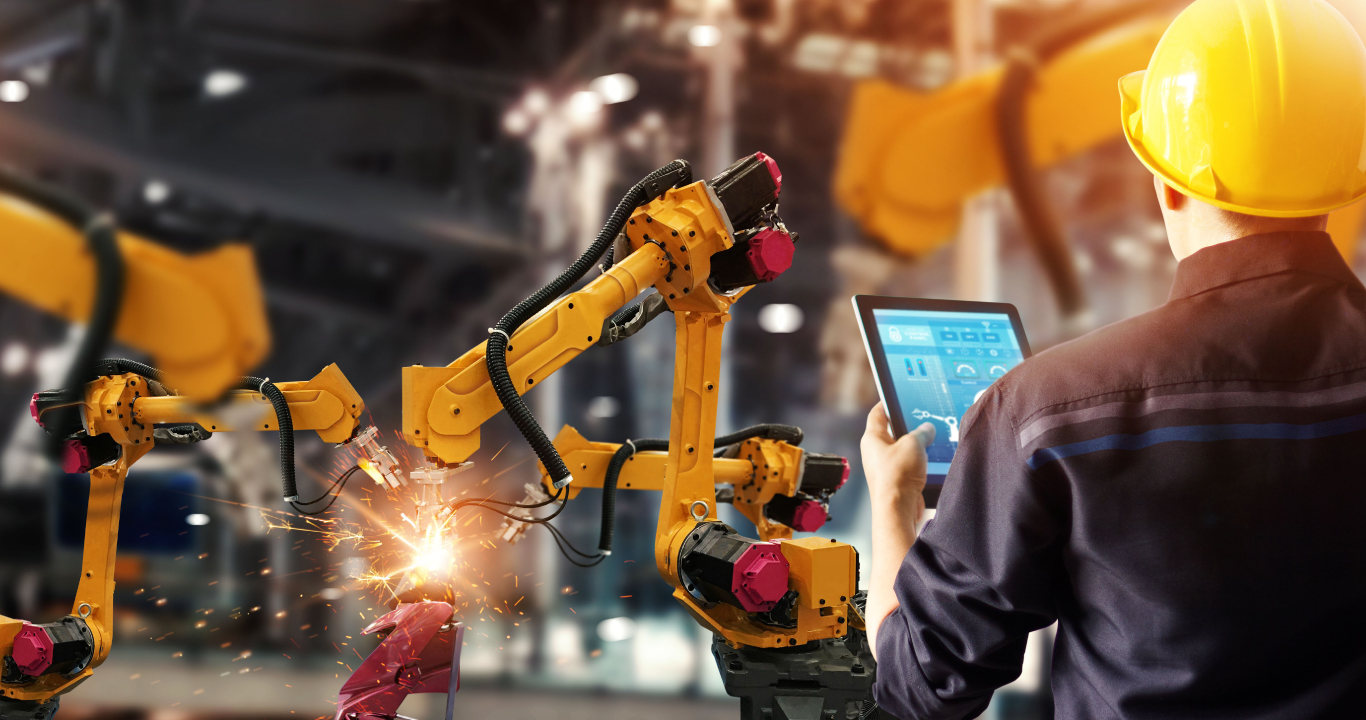The preserving properties of UV Curing have been used for a long time. UV Curing as a technology has been constantly researched and it is finding use in more industrial applications today. The list of such applications is exhaustive, and the technology has revolutionised many industries.
It has already been widely adopted across commonly used products such as eyeglass coatings, cell phones, all kinds of electronics, vinyl flooring, credit cards, and more as research progresses. Perhaps the largest beneficiary is the EV Battery manufacturing industry.
The Technology
What exactly is UV Curing? Certain liquid monomers and oligomers when mixed with a small percent of photoinitiators, and then exposed to UV energy, initiate a photochemical process that instantly dries or cures inks, coatings, and adhesives. This technology has created a revolution with almost any industrial application benefitting from it.
Besides, UV-curable materials, from epoxies to urethanes, polyurethanes to acrylates, can be formulated into unique hybrids, thereby enabling UV coatings to be created by incorporating the best characteristics from each.
Not only are these solutions quick, but they bring many other benefits to the industrial table such as being environment-friendly, non-hazardous, and causing negligent waste.
Significance of UV Curing in EV Battery Manufacture
UV-curable materials have benefited multiple applications in electric vehicles, including electric vehicle (EV) batteries, LIB pouch cells, fuel cells, coin cells, and other geometries and chemistries, such as Li-iron phosphate (LFP), Li-nickel cobalt aluminum oxide (NCA), and Li-nickel manganese cobalt (NMC).
Challenges in EV Battery Manufacture
Reductions in manufacturing costs and improvements in reliability are the primary goals of EV battery research today. Traditionally, the battery’s electrode fabrication process was inefficient with the application and drying process being highly time consuming using high energy, resulting in less yields.
Manufacturers face the challenge of preparing reliable EV battery packs capable of withstanding environmental extremes such as heat, corrosion, and vibration. While most battery packs include elaborate thermal management systems, short-term thermal shocks, and extreme vibration and shock levels continuously test the endurance of batteries. Better quality materials are needed in the manufacture of batteries to overcome these challenges.
The Solution
UV-curable binders combined with new electrode coating processes using lower energy UV LED curing systems reduce manufacturing costs by as much as 80%, thereby reducing electrode costs by more than 25%. Switching to UV-curable materials for battery pack assembly reduces VOC generation, speeds up assembly time, reduces assembly costs, and improves reliability. UV-curable adhesive is a natural choice which also meets the strict automotive standards for temperature extremes, high humidity, thermal shock, and extreme vibration levels.
MELSS brings you the OmniCure® SPOT and Area cure UV Curing Systems for precise curing of inks, adhesives and coatings. Selecting the ideal OmniCure system for a particular application depends on the physical , chemical behavioral properties of the substrates.

Benefits:
- Reduced process times, higher throughput with less rejection rates
- Enhanced reliability of battery packs leading to reduced cost of manufacturing
- Lower operational costs and resource consumption
- Reduction or elimination of VOCs for environment–friendliness





